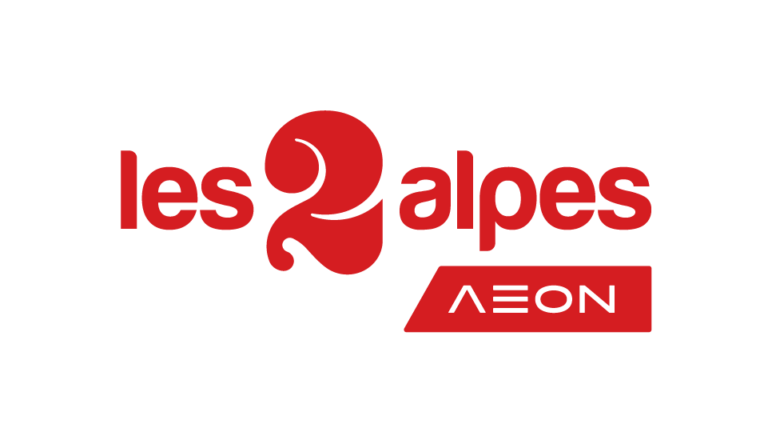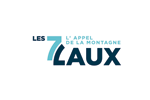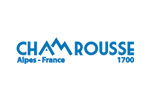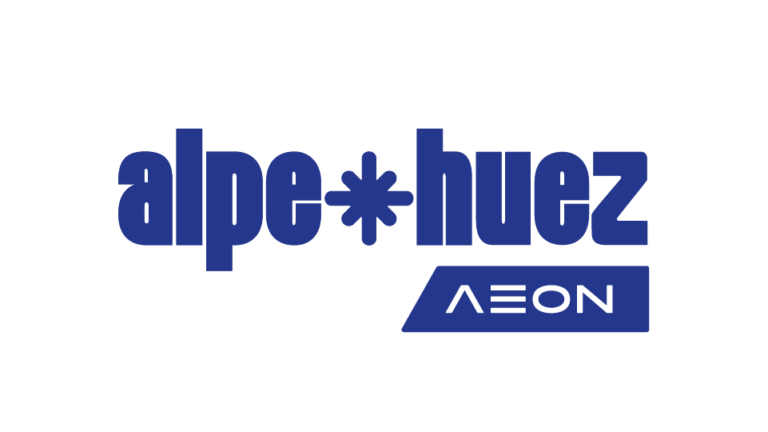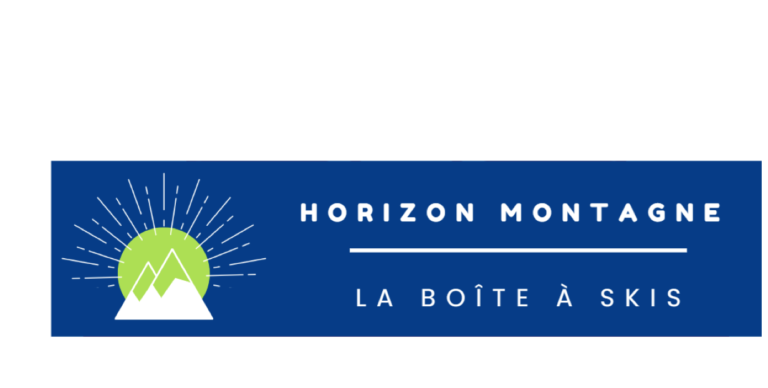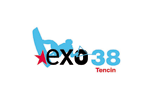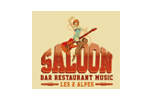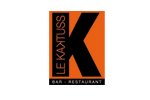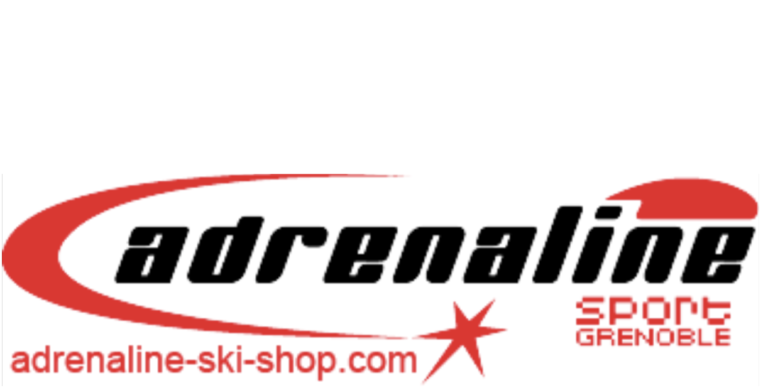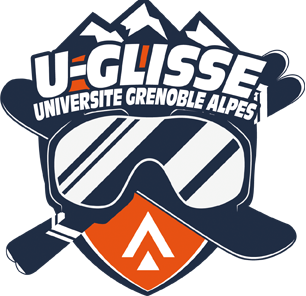Information about ski & snowboard gear, alpine skiing, freeride and freestyle
Alpine skiing gear
Skis
Choosing the right type of skis mostly depends on your level of practice. Do you want to expand your playground and get versatile skis for adventurous experiences off the slopes ? There are All mountains skis and freeriding skis.
The waist is situated amid the ski, where the bindings lay. Its width goes from 68 mm for the racing skis to 80 mm for the most accessible alpine skis.
The tip,in front ofthe ski, is softer on the accessible skis. It often has a soft rocker (progressive tip) for more versatility on powder.
The tail,cut and stiff on the racing skis for an agressive edging, it's softer for the skis for beginners in order to facilitate the turns
The ski coating is the situated under the skiWhen the range is higher, you can find more performant, quality and lasting ski-coating.
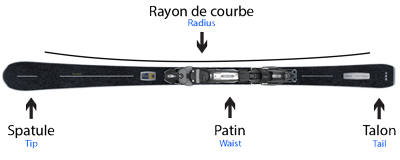
The dimension lines : it's the shape of the ski. The dimension lines are given by the width of the tip, the waist and the tail These three measurements are given in millimeters.
The size : on the slopes choose skis between -15cm and -5cm compared to your height. Short skis will be manoeuvrable and appreciated by beginners while long skis will be more stable at high speed.
The stiffness : we can distinguish the stiffness in the tip, the waist and the tail. A flexible tip absorbs shocks better than a rigid tip, which helps grip in hard snow. The stiffness of the waist will depend on your size and your technical level. The more you will use your skis, the more you will have to choose a rigid ski. Finally, the rigidity at the tail will condition the behavior of the ski when exiting a curve: catchy (rigid) or tolerant (flexible).
The ray : the ray is the natural turn of a ski. A short ray (between 12 and 15m) facilitates small turns, while a long ray (18 to 22m) is better if you ski in large curves.
The camber : it's the curvature of the ski, visible through the space between the sole and the snow in the middle of the ski when you put it on the ground. A marked camber is generally synonymous with nervous skiing.
The weight : if the weight of an alpine ski is less than a ski touring, a light pair of skis will be more maneuverable at low speed and easier to carry.
Choosing the skis depending on your level :
The skis of accessible ranges are intended for beginners who want to enjoy snow and mountains, without looking for the perfect turn.
They are wide to facilitate the stability (about 75-80mm for the waist) and soft. A round tail will facilitate the turns when you finish the curbe. A beginner will choose short skis (-15cm compared to his height) to turn easily. The skis must reach the level of the mouth or the nose.
You will be able to go fast and have clear edges. Go for skis from the performance range. They will accompany you in a more or less sporty way depending on your objectives and your technical level.
Reserved for the elite of skiers, competition skis are rarely available for sale in stores. Each ski corresponds to a discipline of alpine skiing: slalom, giant, super-g and downhill.
These skis are mostly narrow to facilitate the edge and thehook in curve. The transition from edge to edge is also facilitated to quickly link turns.
With these stiff skis , you will be able to stay on the edges even in the steep and icy parts of the most difficult tracks. Choose an adapted ray to your technique with small turns or big curves
Very narrow and extremely stiff their sidecuts and size are established for the purpose of racing performance.
They are without compromise and mastering them from top to bottom of a slope will be a challenge for many skiers!
Snowbord bindings
Skis can be sold with or without bindings and with a plate already attached to the ski and in which it is sufficient to slide the binding proposed by the manufacturer
Alpine and all-mountain skis are generally equipped with a plate and sold as a pack with a binding.
You have a leisure practice on slopes You need tolerance and comfort, with soft bindings and and easy to put on,made of plastic
You ski on a slope in a committed way with sharp curves at high speed, you will need a precise binding and powerful, which procures a good grip under your feet. For this, it will integrate metal parts in steel or aluminum. These bindings will be solid and will withstand the constant forces you will exert on it. Your ski boot will be tilted slightly forward and high on the snow to facilitate edging.
The essential safety element on a ski binding is the release or more precisely the release threshold of the latter. It is this trigger in the event of a fall that prevents a large number of injuries, especially to the knees.
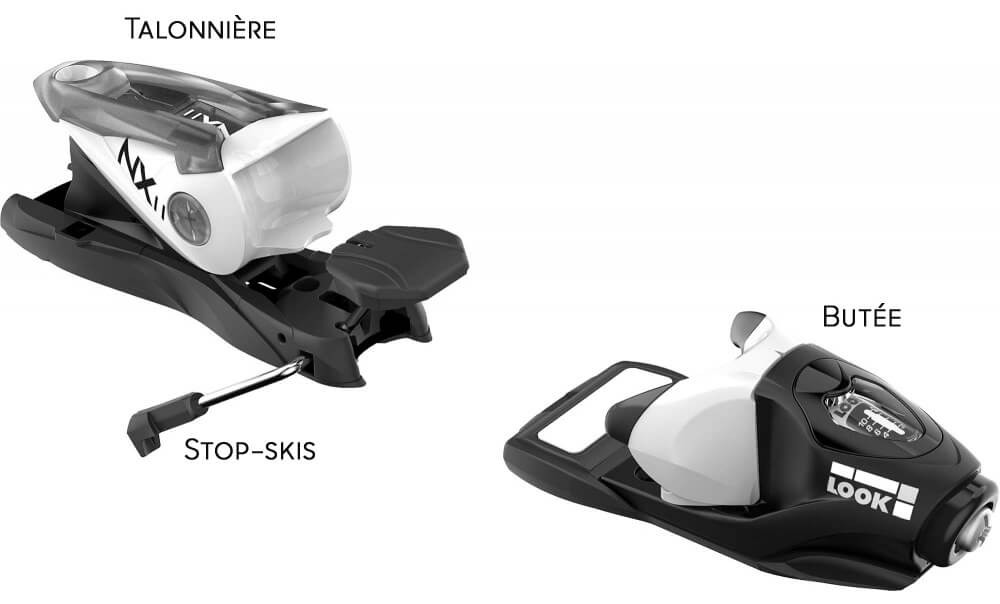
The key is to choose a binding that is suitable for your level and your weight. In order to adapt this triggering threshold to each skier, there is a standard setting to be performed on the heel piece and on the toe piece. This is called the DIN setting generally between 1 and 13. To find out your DIN, there are tables or smartphone applications. These tools allow define the setting of your bindings according to 5 criteria your weight, your age, your size, your level and the lenght of the sole of your ski boots.
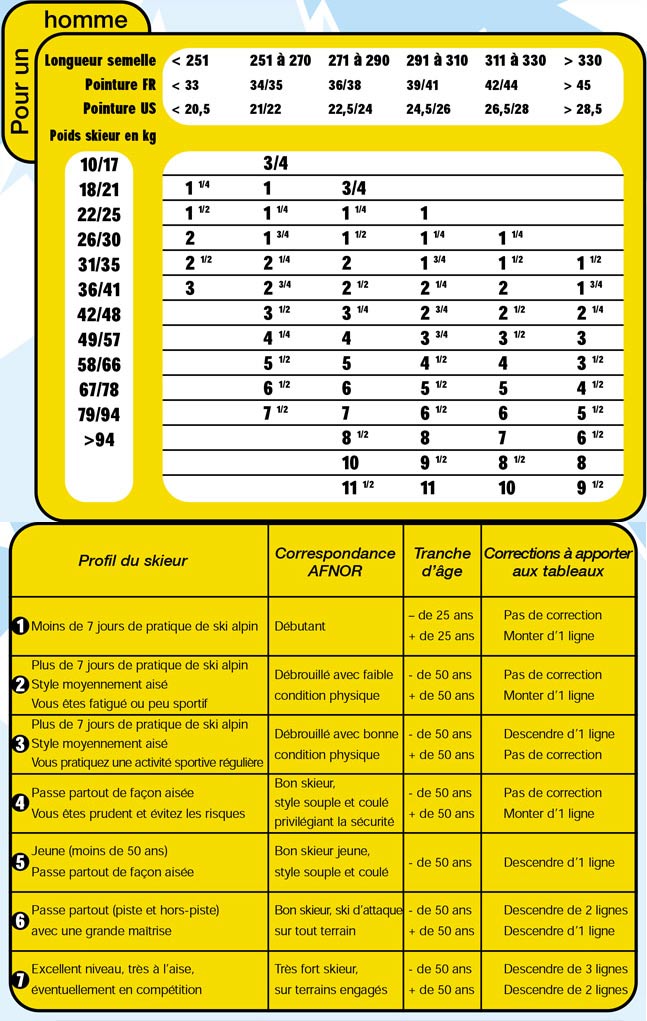
SKI BOOTS
It is an essential element, not to be neglected. The choice of your pair of ski boots is decisive for skiing on the slopes as in the powder without worrying about your feet.
An essential interface with your skis, your boots must provide you with comfort and foot support.
Finding the right model means making wise choices among various parameters such as size, flex, shell and collar shape as well as options such as walking position.

Ski boots for men and women have an ergonomics adapted to the various morphologies, especially in the calf which is inserted lower in women. women have a collar (high part of the boot) lower, more flared and with a cutout at the back to conform to the shape of the calf. The blood circulation and venous return being more sensitive in women, the slippers are generally warmer.
The flex :
Another important data when choosing a ski boot: the flex. It'sthe index of the stifness of the boot, between 60 and 150. The choice of the flex of a ski boot is linked to the level of the skier and his morphology. The higher its level, the more rigidity it will need to transmit its pressure to the skis. For the same ski level, a strong build will also need a higher flex.
flex between 60 and 90 in men, between 60 and 70 in women
flex between 90 and 110 in men, 70 to 90 in women
flex of 110 and more for men, 90 and more for women
flex from 140 to 150
ATTENTION, the flex index is not standardized. So there are stiffness differences between brands with equal flex.
You can adjust the stiffness of your shoe by adjusting the tightening of the collar: loosen the top hooks a little if you want to gain flexibility.
Choosing the right size
The size of a ski boot is given in "mondopoint" and corresponds exactly to the lenght in centimeters of your foot . Contrary to a city shoe, a ski boot is chosen for the exact size of the foot of the skier. It is estimated that 75% of skiers choose one or two sizes too big!
How to measure the size of your feet and deduce your size in mondopoint? It's very simple :
- place a sheet of paper against a wall
- place your foot on this sheet with the heel against the wall
- do a slight flexion and mark the front of your foot with a pencil
- repeat the operation with your second foot
- measure the longest length shown on the sheet: this is your size in mondopoint
Ski boots are generally available in half sizes. If your foot size is between two sizes, anticipate the packing of the liner by choosing the half-size below.
The width of a ski boot is given LAST (width of the foot measured at the 5th metatarsus) which corresponds to the larger part of the foot. It can be easily measured by plotting the outline of the foot on a sheet of paper.
The width of the boot is chosen according to the skier's need for precision:
- 92 mm : very narrow. Reserved for competitors.
- 96 – 98 mm : narrow. For thin feet or skiers looking for precision at the expense of comfort.
- 100 mm : medium width suitable for most skiers.
- 102 mm : for wide foot.
- 104 mm : for very wide foot.
Choosing a shoe the same width as your foot allows you to combine comfort and ski control. If you want to focus on precision, choose a narrow shoe. In a shoe that is too wide, your foot will not be supported which will make the control of your skis uncertain.
Ski poles
It is an essential element, it allows to keep the balance. The choice of size is essential.
To choose the size, holding the stick upside down with your hand under the puck, you must have your elbow at 90 °. In off-piste skiing and freeriding, you can take a bit longer pole size because they go deeper into deep snow. There is something for all budgets, from the most basic to the more technical.
The right size and adapted to your practice, they are a great help for move and balance whether on slopes or in powder snow. There are also height adjustable poles, they will be more versatile but heavier.
In addition to size and color, there are several things to consider when choosing your pair of ski poles:
a small diameter is sufficient on the track and large washers allow you to sink less into the snow off-piste. Intermediate washers are all-purpose.
More ergonomic handle designs allow a better grip on high-end models. Note that the handles are generally smaller in diameter on female and children's pole models.
essential for a good grip, the straps are more or less ergonomic and sometimes come with a detachable system to facilitate their use. On some pole models, the straps are automatically detached in the event of a fall for added security. Off-piste, however, it is advisable to remove your straps so that you can get rid of the poles in the event of an accident.
Often in aluminum and sometimes in composite fiber or carbon on high-end poles, it is larger in diameter when looking for more strength, such as freeriding. Curved sticks are reserved for competitors in speed disciplines.
Also called "pole guards" protect the hands of slalomers against impacts with the poles.
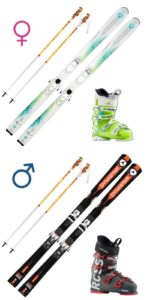
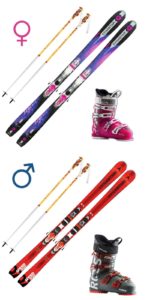
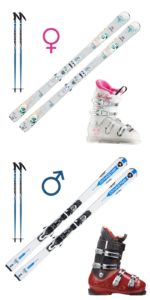
Snowboard gear
In order to make things a bit easier, we'll categorize the boards into three levels. Beginner-Intermediate, Intermediate-Confirmed and Confirmed-Expert. You will surely ask yourself the following question: "If I have an intermediate level, am I in the first or the second category?" A snowboard is not specific to one level. A board must be progressive, it must allow you to progress and go to the next level. That’s why we categorize the boards on two levels.
Snowboards
This type of board is suitable for novice or occasional riders. They are generally more flexible and more forgiving than more high-end models. They are suitable for you if you are not yet completely comfortable on a snowboard. If you have edged errors, if you mostly ride on piste but still hesitate when you are on top of a red, you can consider yourself to be beginner-intermediate.
You ride regularly, one to two weeks a month. You have the technical bases and you are comfortable both on slopes and off piste. Edges errors are rare and you are able to pick up speed without hesitation. You know you have room for improvement, but you want a board that is a bit forgiving so you don't break your legs. So you are intermediate-confirmed.
The mountains have no more secrets for you. Edges errors are a distant memory and you go everywhere. Slopes, powder, you don't hesitate on the park modules or the runs in the forest. You need a precise, responsive board that holds up well at high speeds.
Attention : we often don't want to be a “beginner”. Try to make an objective judgment of your level. Choosing a well suited board will not only make the experience better, but allows you to progress faster. In addition, it is not uncommon to see experienced riders using beginner boards, they are very playful and perfect for fun. However, a confirmed board will be less tolerant and could slow down your progress or even worse, make you disgusted with snowboarding!
Which board for which playground ?
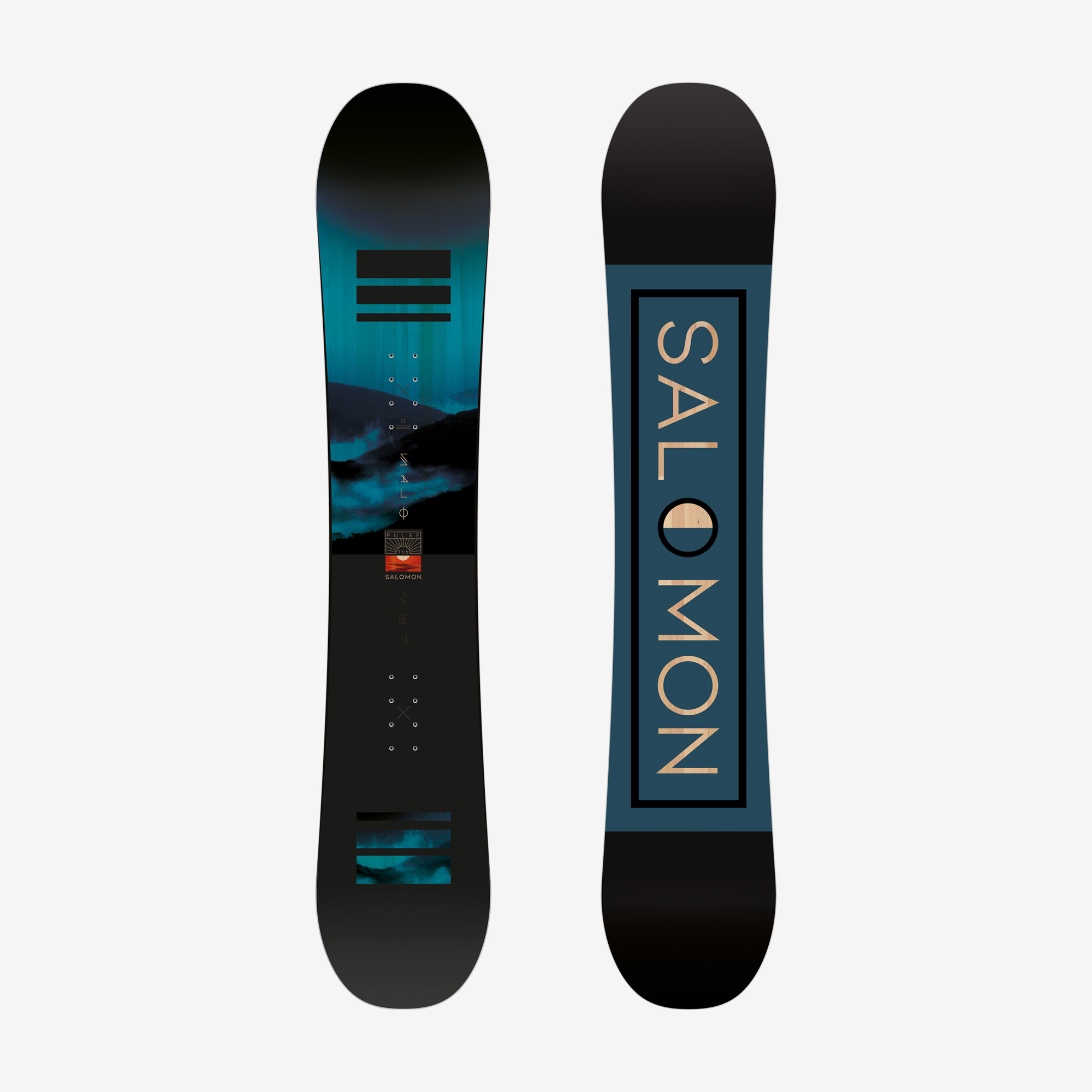
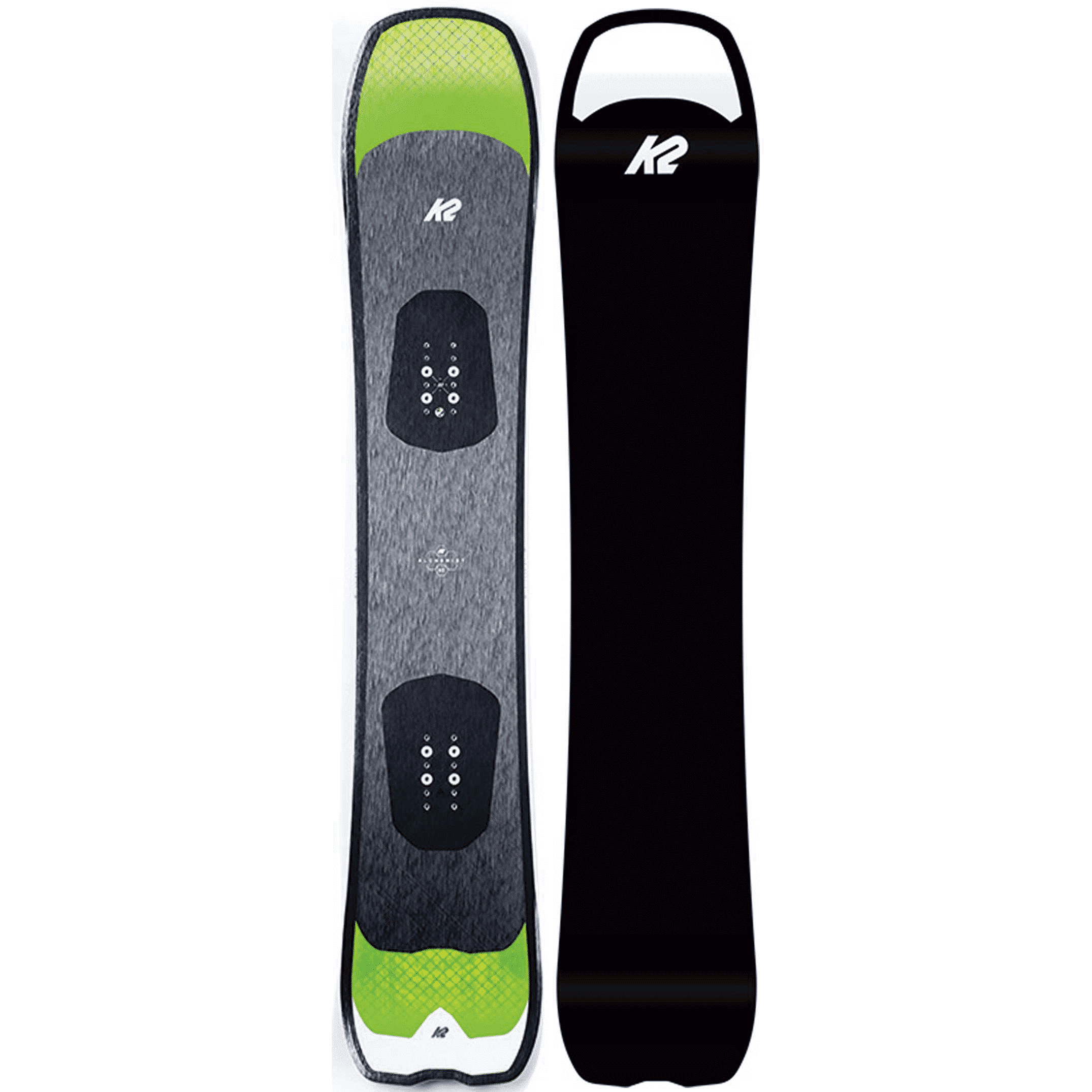
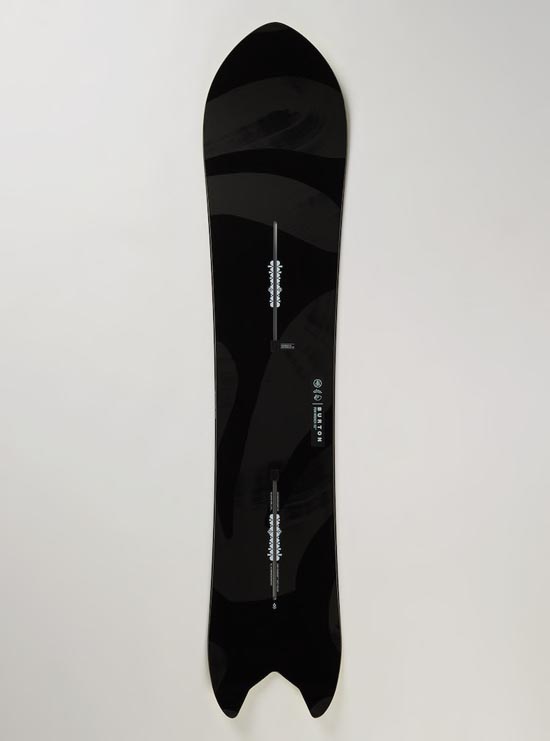
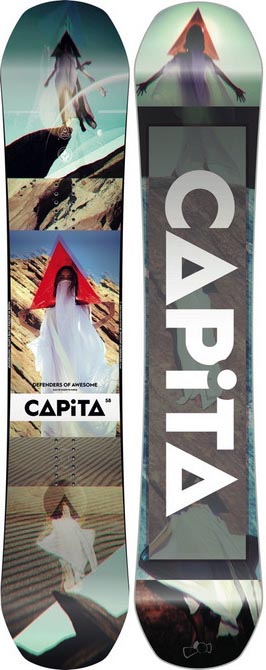
Finally, the splitboards. This program brings together a very specific type of board that deserves to be studied closely. Relatively new to the world of snowboarding, splitboards are designed for lovers of wide open spaces and nature. These are boards equipped with a freeride construction and profile, but with a very special detail, they split to form a pair of skis. There are several systems, splitboard in two or four parts, kit Voilé or Karakoram bindings, the world of splitboarding is technical. The important thing to remember is that a splitboard will allow you to climb like cross-country skiing, with a pair of skis and skins, then back down on a snowboard as if nothing had happened.
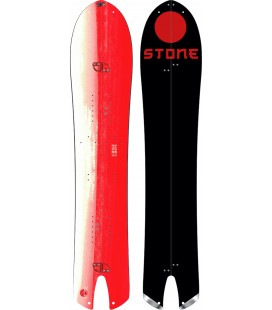
How to choose the size and the width of your board ?
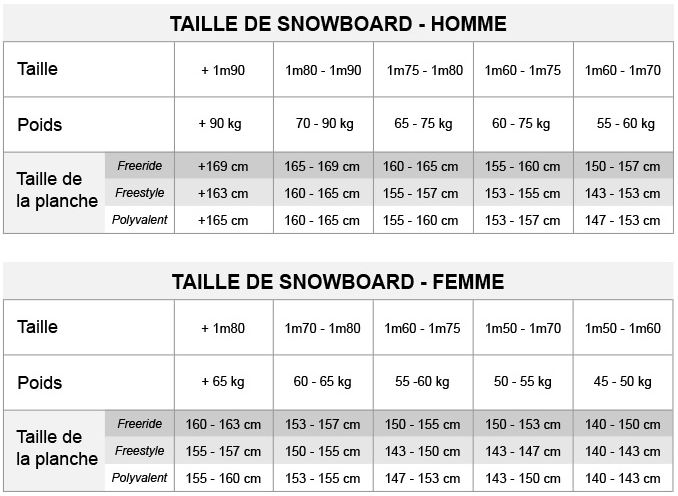
If you choose the length of your board carefully, you often tend to forget the width and yet this is an important criterion!
On a too narrow board your boots will protrude either at the heels or at the toes. Either way, you're going to be hampered when taking the edges. The boots will scratch the snow and in the best case you will be slowed down and out of balance, in the worst case it is the fall or the injury.
On a board that is too wide, your heels and / or your toes will be too far from the edge to exert sufficient pressure. The leverage will be too weak and you will have difficulty initiating and maintaining a turn. It is therefore important to choose a snowboard that has a width adapted to your size.
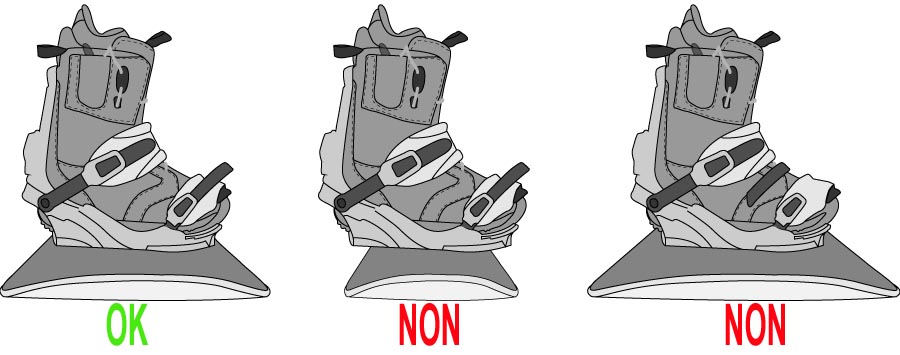
Understand the cambers
Camber gives the snowboard specific characteristics of handling, grip or pop. In addition to the terrain and the level, it is a very important factor in choosing a snowboard. While each brand is constantly working to establish new profiles, we find recurring problems with all manufacturers:
Classic camber refers to the arc formed between the nose and tail when the board is on the ground. This is what will define the properties of the board: its nerve, its pop and its grip. Disadvantages of classic camber: its uncompromising side which may quickly discourage novices and less experienced riders but will be perfect for a carving board.
The nose and tail have no contact with the ground. What you look for with inverted arches is better powder riding and greater tolerance for mistakes and hesitation when learning to snowboard. Boards with inverted arches are more easily oriented towards freestyle because of their playful side. They facilitate jib and flat maneuvers, but remain the partners of choice for having fun in powder. The price to pay for such versatility, a loss of stability and grip, especially at high speed.
Flat camber forgives mistakes more easily than conventional camber while remaining more stable than reverse camber. It is flat between the legs and inverted in nose and tail to gain forgiveness, but also in lift-off and lift in powder. A good compromise for those who are not 100% sure.
The W Rocker, or associated camber, is a mix between several arches, which forms an undulation of the board when viewed from the side, hence its name "W". A rocker between the feet, which becomes classic later, and becomes inverted again in nose and tail. The idea is to combine the qualities of classic camber (pop, grip, dynamism) and those of reverse camber (ease of downforce, tolerance and lift in powder). In our opinion, the associated camber corresponds to the camber that can satisfy the greatest number of riders today.
Cambre Rocker comes in the form of a classic camber between the feet and a rocker in the nose and tail. This allows for the best possible blend of the grip and pop qualities of classic camber while adding the playfulness and powdery lift of tip rockers.
A classic camber between the feet and a big rocker in the nose. This configuration gives pride of place to grip on the track and power to maintain control even at high speeds, while the rocker is there to magnify the behavior of the board in powder with easier lift-off and improved handling.
What's a rocker ?
If the snowboard was strongly inspired by the ski to draw the bases of its construction, it is the reverse that it is about when one speaks about rocker and the snowboard was the first to use it for improve cornering and powder performance. Characterized by a progressive tip rise, the rocker is now omnipresent on boards and especially freeride boards.
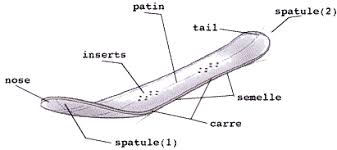
Snowboard boots
If they are very different from ski boots, snowboard boots share with them two important criteria: The flex and the morphology of your foot, which will determine, for many, the choice of your model.
Find your ideal flex :
Depending on your level :
You need comfort and forgiving snow equipment. Soft boots will keep you comfortable all day, for smooth learning.
You prefer boots that are stiff which bring you stability and optimal transmission of downforce.
Depending on your type of discipline :
Who says jumps, says landings, and as many solicitations of the collar of your boots to absorb shocks, or on the contrary to obtain the necessary impetus before you take off. So in park or freestyle, we prefer soft flex snow boots, especially on the top of the collar, to spare the shins and take advantage of the pop of the board.
All Mountain riders will find satisfaction in medium flex snowboard boots allowing progression on piste as in fresh snow.
Although they do not require the same technique, Freeride and Carving will instead use boots with medium or even hard flex, to ensure good support and optimize the transmission of downforce.
Respect the morphology of your feet :
Good snow boots are first and foremost boots that you feel good in. There are as many foot shapes as there are riders, so trying on is a must before deciding whether a snow boot is right for you or not. Opt for thermoformable slippers, which will bring you maximum comfort by perfectly matching the morphology of your foot. The size should be chosen slightly above your usual shoe size, especially to accept thick socks, but you should keep a feeling of support. Note that the foam of the liner settles over time: be careful not to take too big or you will end up swimming in your boots!
The 5 lacing systems:
Composed of thin steel cables and a small wheel, the BOA system allows a quick tightening of the shoe: put your foot on, turn the knob until you feel the support you need, and you're ready to go. Appeared in 1996, this system was first fitted to snowboarding, then golf and cycling boots ... and is now even found on some running shoes.
Adapted from the previous version, it is a double BOA device that allows even more precise tightening on the top but also on the bottom of the boots.
BOA System and traditional lacing to very precisely adjust the tightening.
A small handle placed on the outside of the snowboard boots allows quick tightening in one movement: pull the handle to tighten the laces. As with the Focus Boa system, the Speed Zone tightening can affect two different parts of the shoe.
The "old-fashioned" lacing, which has its share of drawbacks, in particular the need sometimes to remove the gloves, but which remains a system allowing excellent precision in the tightening of your boots. Traditional lacing, through its manual action, takes into account all the specifics of your foot: you can leave one area looser than another, which further increases your comfort.
More information :
Contrary to what has long been the black point of ski boots, snowboard boots do not hinder walking, and their basketball look is nothing to lie about: comfort and flexibility are there, to facilitate in particular progress on the flat. Some models offer removable slippers, very practical for drying and maintaining your snow boots.
Advice :
Try on your boots with special technical ski / snowboard socks, you will avoid unpleasant surprises when you get on your board. When trying on, stand in a standing position: your big toe should brush against the front of the shoe. Then, position yourself in forward bending (gliding position), check that your foot moves back slightly at the same time as your shins press on the collar. Always keep a feeling of good support: a heel that seems very mobile to you most likely means that the boots are too big.
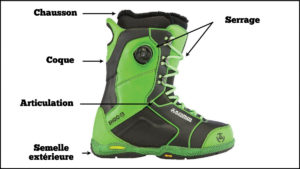
Snowbord bindings
There are two main families of snowboard bindings. The rear entrances, and the classics.
There is no better or worse, it depends on individual preferences. The rear entry is very practical and allows you to put on as quickly as skiers. The Flow brand was a pioneer in this area. The classic will allow a slightly more personalized fit.
We often tend to downplay the importance of a snowboard binding. Yet she is the only link between the board and the rider. It's kind of the steering wheel of the car, it's the car that lets you steer the snowboard and stop if needed. So don't neglect it! If they are very similar to each other, they all have marked differences. A good binding should bring you three essential things : comfort,some precisionand must be functional. The more you go upmarket, the more the binding will use high-performance, comfortable, strong and light materials. From the thickness of the strap to the responsive carbon frame, set your priorities. Your style will influence your choice of course. Freestylers will look for a flexible and comfortable fix when freeriders orient themselves on stiff and responsive material. While comfort and performance generally go hand in hand with a budget, functionality does not. By functionality we mean the ease of use, the straps, and especially the fitting system, classic or rear. Once your selection is made, all you have to do is adjust them to your snowboard.
How to adjust your snowboard bindings ?
If you have never snowboarded, a very simple little test can help you determine which foot should be in the front to evolve as naturally as possible: ask someone to push you (slightly!) In the back: the foot that you will step forward first to keep your balance is your takeoff foot. You will be “Goofy” if your right foot is forward, and “Regular” if your left foot is forward.
There are 3 positions :
a) The position « / / »
The two feet are parallel, but oriented towards the slope. A position adopted by those who favor pure speed and alpine practice.
b) The position « | / »
The front foot is oriented 15 ° forward while the rear foot remains at 0 °. A position recommended for beginner riders or anyone who does not have a committed ride and predefined terrain.
c) The position « \ / »
Duckstance or “canard” position in French. Recommended for novices to promote learning and appreciated by freestylers, it offers a better position for rotations, jumps and fakie.
a) The stance (distance between bindings)
This is an essential parameter to improve the control of the board. To calculate the stance, you need to:
- your height (cm) x 0.32 = X for a man (+/- 2 cm)
- your height (cm) x 0.3 = X for a woman (+/- 2 cm)
If the board is your size, more often than not the ideal stance will simply be the central position of the inserts. But this setting is of course at your convenience.
b) The angle of the bindings
The angle of the rear foot is always smaller than that of the front foot (about half). The stronger the angle, the sharper and more precise the passages from edge to edge will be. However, it remains difficult to give an ideal standard position. Each rider refines their settings over time. If you are new to snowboarding, 15 ° -21 ° at the front foot and 0 ° at the rear foot seem to be the best settings. Then come settings depending on the chosen terrain:
- Freestyle / park: front 15 ° to 18 ° / rear -9 ° to 15 ° / bindings centered on the board
- Freeride / powder: front 18 ° to 30 ° / rear 5 ° to 15 ° / bindings shifted back
- Versatility: front 15 ° to 21 ° / rear -5 ° to 5 ° / fixings centered on the inserts.
c) Position on the board
The bindings are not necessarily symmetrical in relation to the center of the board. A further rearward shift will optimize its behavior in powder with easier lift-off, while more centered bindings will favor freestyle maneuvers. To choose the fix retraction:
- 0 to 1 cm behind in freestyle
- 1 to 4 cm behind in freeride
- 0 to 2 cm behind for alpine
Advice :
- All these adjustments which are there to improve your performances, depend on your feelings and will evolve according to your level and your program.
- Beware of extreme positions, often uncomfortable and sometimes even dangerous for your joints.
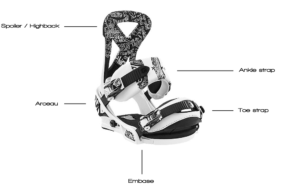
Safety
SAFETY
The helmet :
Compulsory for freestyle and freeride, recommended for other levels.
The dorsal :
Recommended for freestyle and freeride.
Freeriding :
DVA
Probe
Shovel
